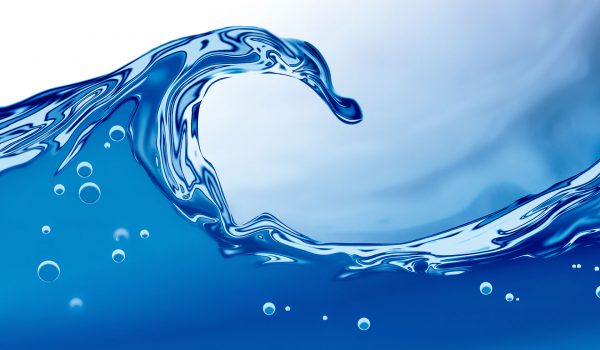Water is a vital resource for human survival and industrial development. With a growing population and increasing demands, the need for water generation and treatment has become crucial. In this article, we will discuss the various methods of water generation and treatment, their importance, and how they ensure clean and safe water for all.
The Water Crisis: Why Water Generation and Treatment is Vital
The world is facing a water crisis, with many regions experiencing water scarcity and pollution. According to the United Nations, 2.2 billion people lack access to safe drinking water, and this number is expected to rise in the coming years. Water generation and treatment are essential to provide clean and safe water to meet the increasing demands of the population.
From Rain to Tap: Methods of Water Generation
Water generation involves the collection and extraction of water from various sources. The most common sources of water include surface water (rivers, lakes, and reservoirs), groundwater (wells), and rainwater. Methods of water generation include conventional treatment methods such as coagulation, sedimentation, and filtration, as well as advanced treatment methods like reverse osmosis and ultraviolet disinfection.
The Importance of Water Treatment: Making Water Safe to Drink
Water treatment is crucial in removing contaminants and microorganisms from water to make it safe for consumption. Contaminants can include chemicals, bacteria, viruses, and other harmful substances. Water treatment methods vary depending on the source of water and the contaminants present. The most common water treatment processes include disinfection, filtration, and chemical treatment.
The Journey of Water: Treatment Processes
Once water is generated, it undergoes a treatment process to remove impurities and contaminants. The treatment process involves several steps, including coagulation, sedimentation, filtration, disinfection, and distribution. Each of these steps is critical in ensuring that water is safe for consumption.
Challenges in Water Treatment: Emerging Technologies
Water treatment faces several challenges, including increasing demand, climate change, and emerging contaminants. To address these challenges, emerging technologies such as nanotechnology, membrane technology, and advanced oxidation processes are being developed. These technologies offer promising solutions for the future of water treatment.
Conclusion
Water generation and treatment are essential in ensuring clean and safe water for all. With the world facing a water crisis, it is crucial to implement sustainable water management practices and invest in water treatment technologies. By doing so, we can ensure that future generations have access to this vital resource.






